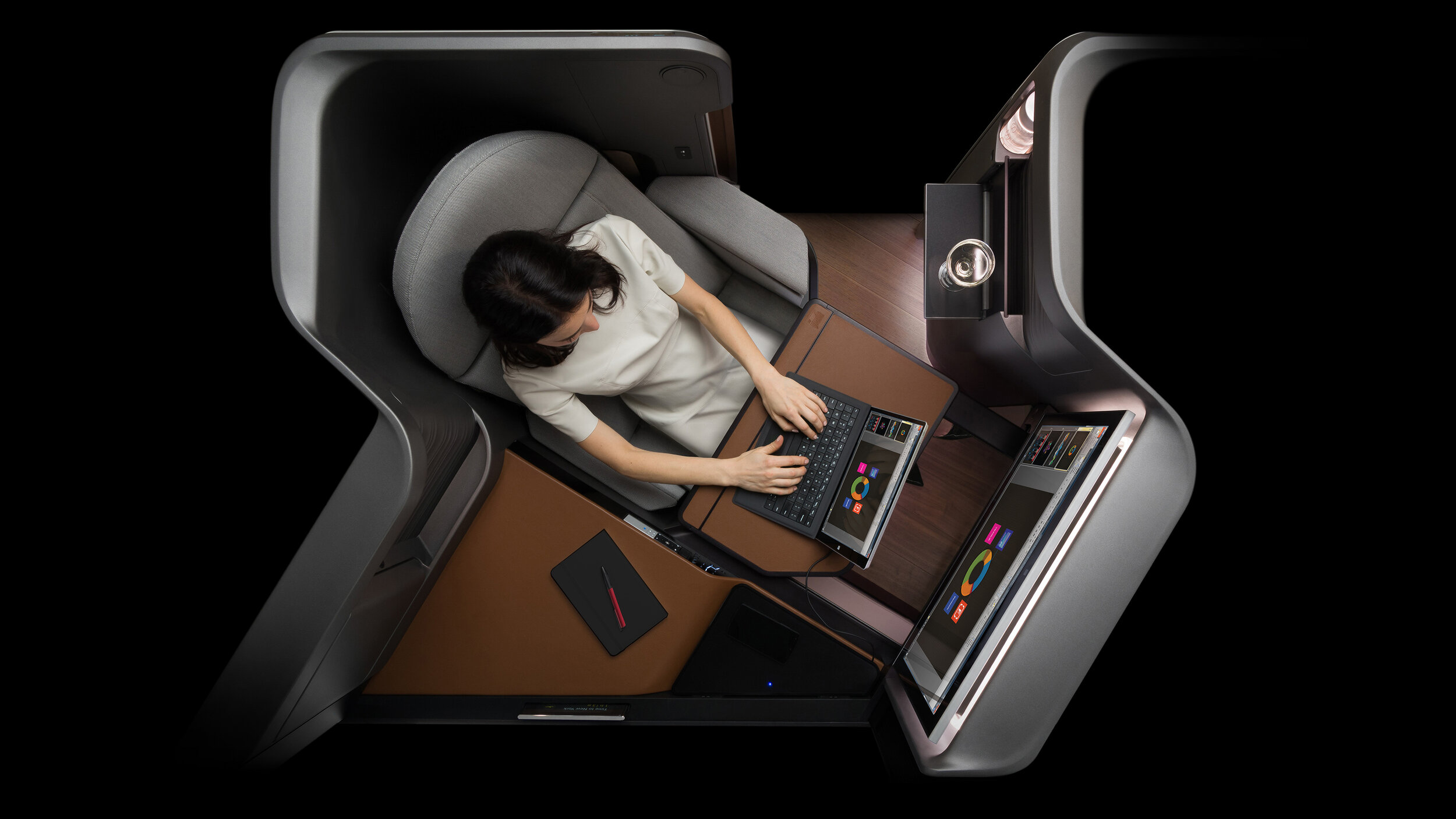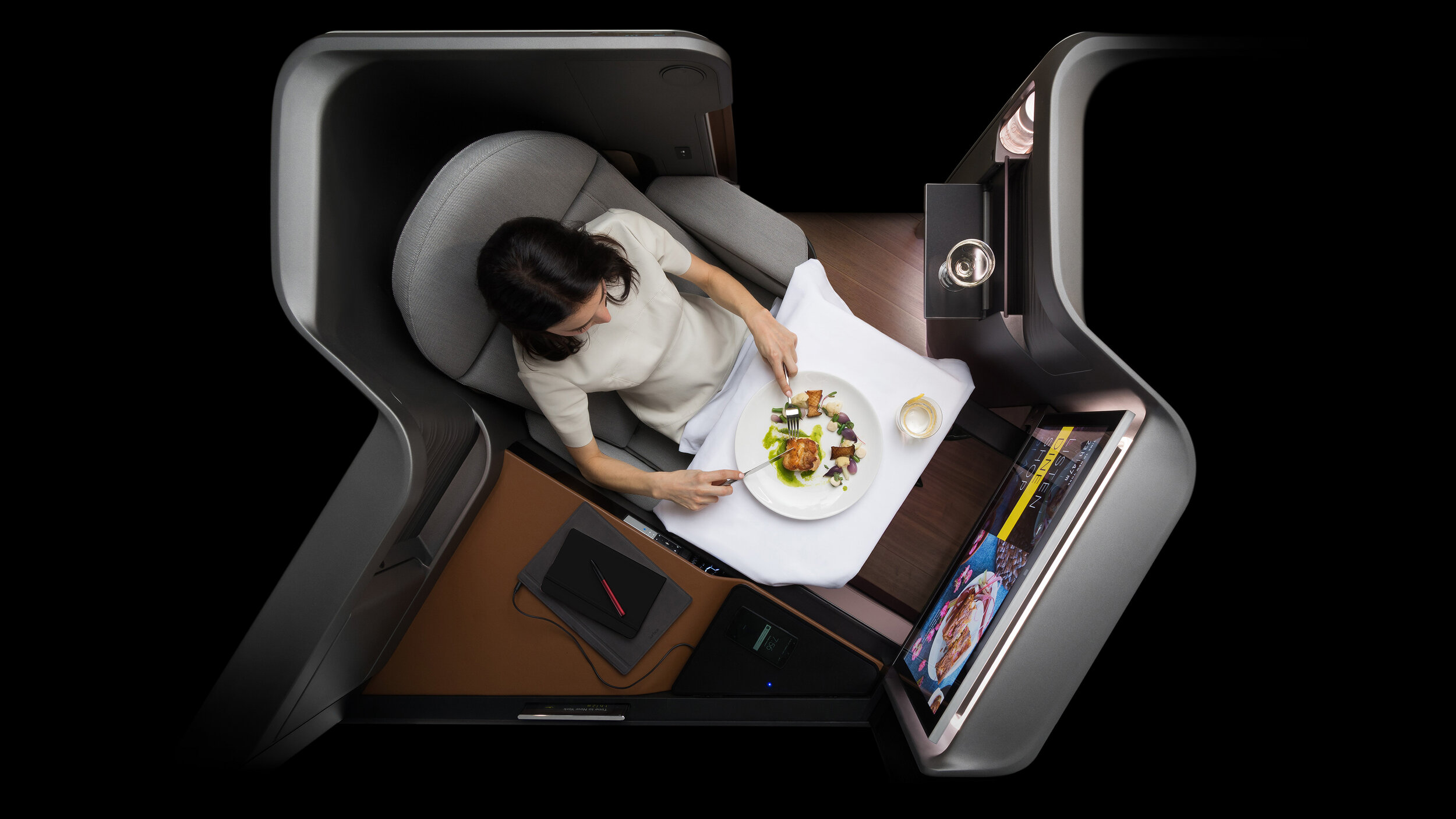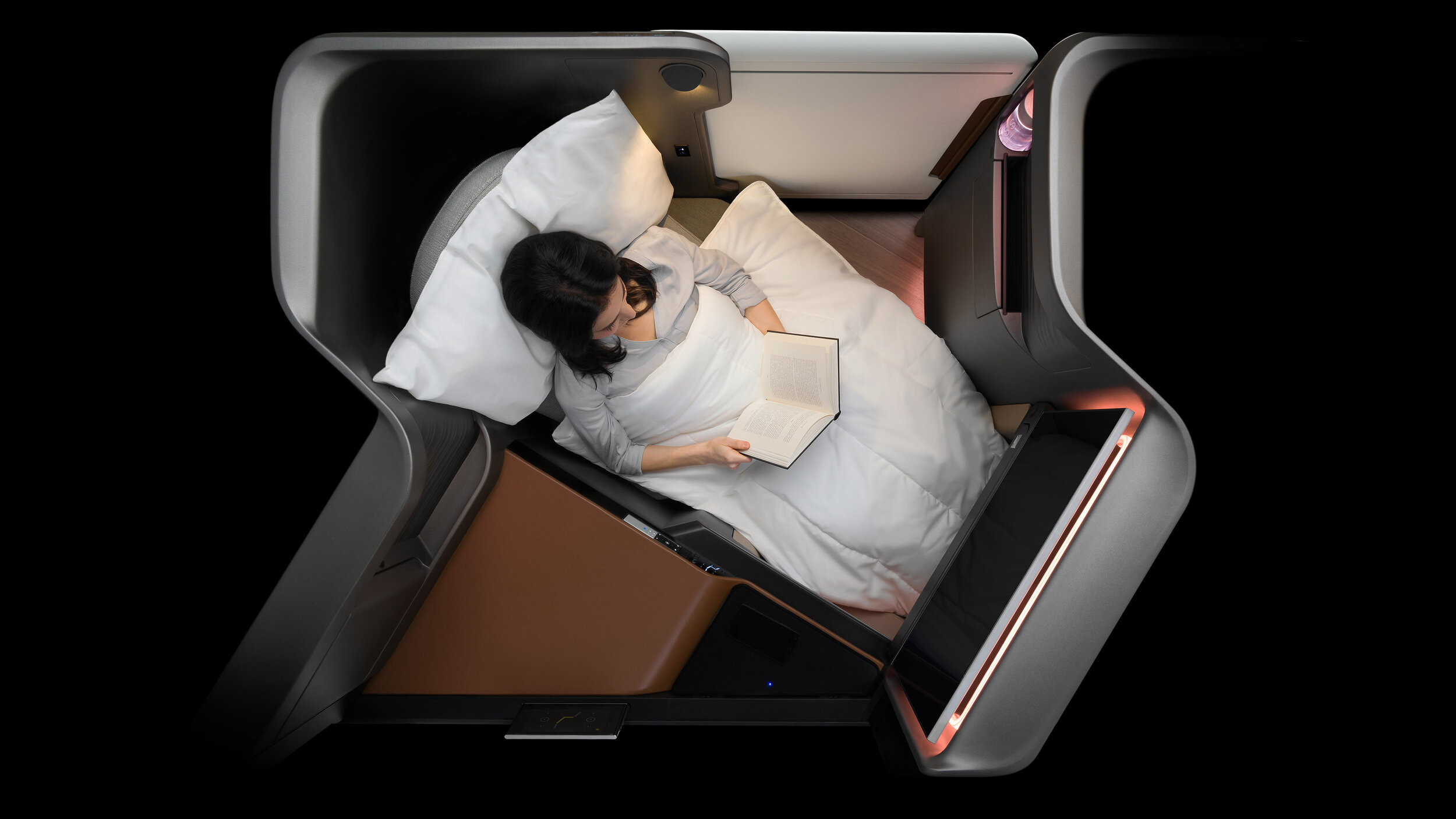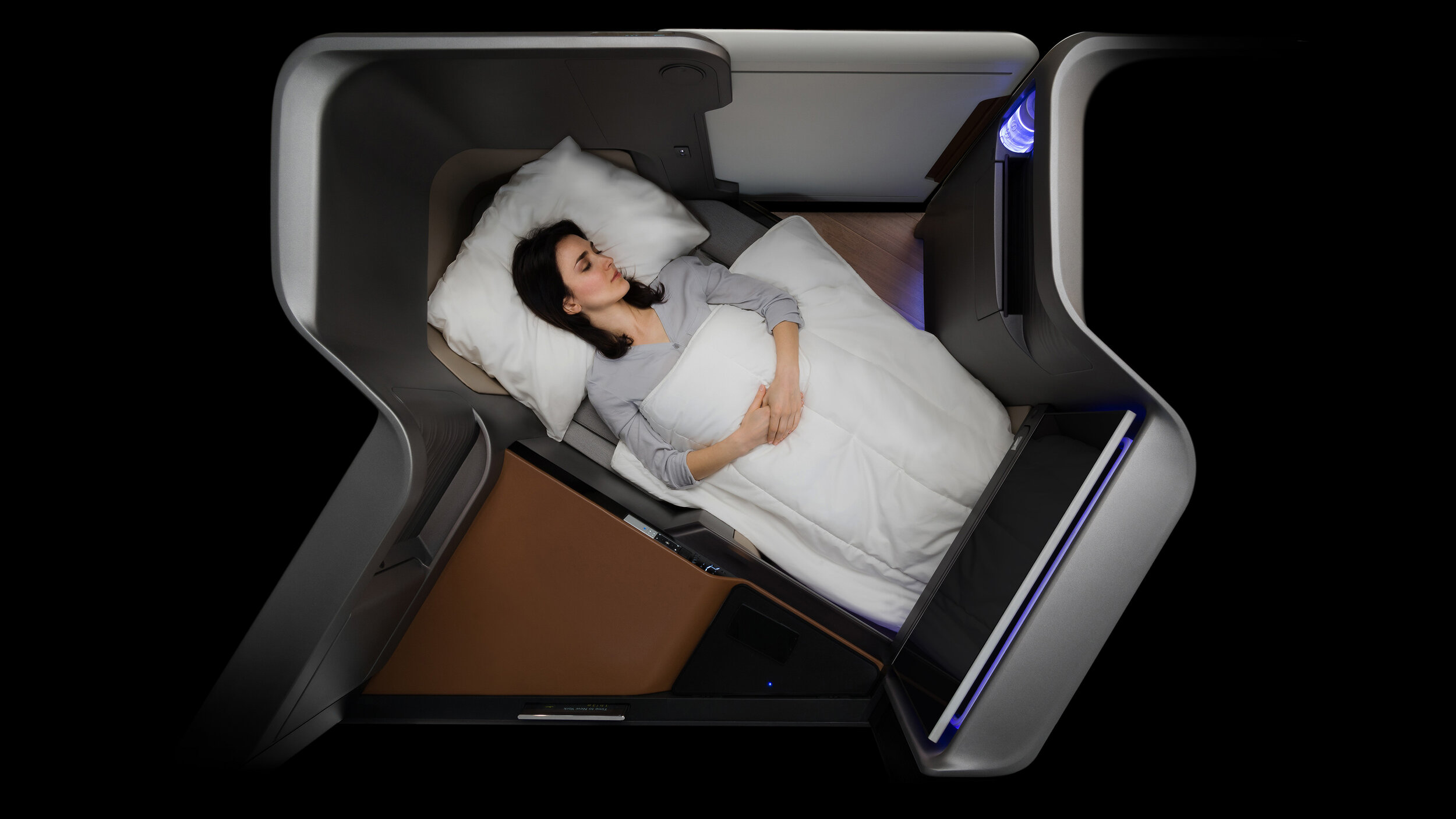Shared Mobility, A Disruption... Disrupted
Understanding Future Challenges and Opportunities
Written by Anne-Elise Chung
It is a tremendous understatement to say this is an exciting time for the automotive industry. As we move into this new mobile future, we face the upcoming topics of connected, autonomous, electrified, and shared services. These developments are fundamentally changing the industry, and are poised to dramatically tear down the assumptions we use to approach design.
Today’s auto design continues to focus on theme and refinement of surface developments, and the industry and education system that feeds it has been geared to meet this need for decades.
We cannot look at the development of new mobility and merely approach design the same way, with the same assumptions. It’s time to focus on the practicality of this new and exciting automobile dynamic, understand the changing needs of the user, the context of the business model, and define new opportunities for this industry.
Now is the time to shift from traditional auto design methodologies to fully embracing human-centered design for shared in-vehicle user experiences.
In order to successfully implement this plan, our resources, talent, and process all need to change significantly. Auto design needs a new angle - one that comprehensively embraces human-centered design.
User Pain Points
To better approach the future of mobility, we need to take a look at current pain points. The pain points prior to the pandemic won’t be the same moving forward. Obviously, we’re living in a troubling time. So, what does transportation mean for people now? What does safety mean?
Getting home safely, for most of us, used to mean avoiding violence or assault. The emphasis on safety now has grown to encompass protection from not only violence but also disease and contagion. What standard of cleanliness should we set for ourselves? What are the sort of factors that go into maintaining that standard? Just as a hotel has different grades of finishes compared to your average Airbnb house, should a fleet can have different standards of materials and finishes compared to private vehicles?
For instance, there is a fundamental difference between automotive seating and seating seen in commercial aircraft when it comes to cleanability. All aircraft seating is based on the use of dress covers which allow the upholstery to be removed periodically and cleaned at a laundry facility and or replaced entirely. Even the cushions the dress covers are attached to can be easily replaced as they are generally held in place with velcro and other quick release systems. Also, aircraft seating systems are modular elements of the aircraft as opposed to integral elements as they are in automobiles. The seats can be relatively quickly reconfigured using the 1inch track systems which run the length of the fuselage. As a result, airlines have the flexibility to completely upgrade an aircraft seating arrangement relatively quickly.
A last note on cleaning, part of feeling safe in shared transportation is the perception of good hygiene and building trust with the fleet’s brand. There are potentials to leverage technology to achieve this.
Before we delve further into partitions and spatial design, let’s segue briefly into changes and innovations in commercial aviation that have occurred. We would like to provide some historical context to inspire new thinking and highlight parallels that are about to come in the automotive world.
Shared Passenger Accommodation: A Historical Perspective
Designing for airlines involves maximizing comfort over an increasingly wide range of accommodations. For the most part, airline accommodation stayed relatively static from the dawn of the jet age in the 1950s to around the year 2000. Up until this point, there were mostly 2 levels of service, coach & first class. These mainly differed in terms of seat size and amount of recline along with other niceties such as better food & drink. In a similar vein, the rideshare offerings of today also range from the standard economy option in Lyft and Uber to more luxurious options such as Lyft or Uber Lux. The actual vehicle spaces however aren’t that different within the range.
At the start of the 21st century, 2 major innovations were introduced, a first-class seat that transformed into a bed and a revolutionary business class product that also transformed into a bed but utilized a layout (or LOPA layout of passenger area- as it’s referred to in the industry) which offered the airline a highly desired product which was extremely space-efficient. Both of these innovations were brought into existence by British Airways. These 2 innovations have sparked 2 decades of war between airlines vying for the lucrative business travelers who needed to be able to sleep on overnight international flights.
Above, we’re showing here the range of accommodations seen in today’s long haul market which is arranged to show the relative comparison between the 20th-century offerings and today. As you can see, the offerings on the higher end have grown substantially and these go well beyond semantics. Several of today's premium economy offerings would outperform many first-class offerings of the previous decades while lie-flat beds are now the norm in business class with many airlines standardizing on LOPAs which offer all aisle access (meaning you don’t have to bother your neighbor when moving about the cabin) and increasingly are adding privacy through the use of doors. First-class offerings are often fully enclosed and super first-class offers amenities such as showers and private bathrooms. There have also been innovations at the bottom of today’s offerings which have facilitated the lowest costs of travel in history.
Cost is an important factor in the world of shared mobility. Naturally, for airlines, maximizing the number of seats is a balancing act between passenger comfort and privacy and spatial utilization of the aircraft. While this problem is perhaps less applicable to the current state of automotive-based ride-sharing it will only grow in importance as vehicles are designed to better address issues seen with services such as Uber Pool and Lyft’s shared rides. To give you an idea of how to balance space and comfort, the image below is a premium cabin concept that tackles the spatial problems with an atypical arrangement. This concept combines ‘first-class level’ lie-flat suites with more standard lie-flat business seats greatly improves seat count and overall level of accommodation.
Considerable work has gone into understanding user needs of the business traveler. As such we’re constantly looking for innovations which allow the passenger to feel unconstrained by the flight, so they can focus on things like working, dining, relaxing, and sleeping.
We’ve looked at how to use partitions and space to balance different needs such as for privacy, security and comfort. This was work we did with B/E Aerospace in 2011 which explored the notion of how to adjust between privacy and the ability to share space when needed. These studies are increasingly relevant, as fleet vehicles might flex between individual passengers that are complete strangers, vs groups of passengers, families, coworkers, etc. all with different social needs. This concept leveraged a combination of deployable privacy panels and sliding inflight entertainment screens to allow a group of 4 seats to be configured for individual privacy or any combination of shared space in between. You can have pairs of people, facing forward across each other or to each other’s side.
Looking ahead, let’s think about how we can approach areas of opportunity such as cleanability, security, configuration and packaging solutions. How can we anticipate change by drawing parallels to what has happened in the airline industry over the last 20 years when it comes to a splintering of offerings and features? The shift from private ownership to shared mobility options carries a whole host of separate user pain points and needs. By examining existing usages and modes, such as aviation, public transit, and rideshares, we can shape the future towards safer, more convenient, and more humane modes of transportation.
Looking to innovate your automotive future? Please reach out to us at:








